Fire Extinguisher Testing - Why is it Important?
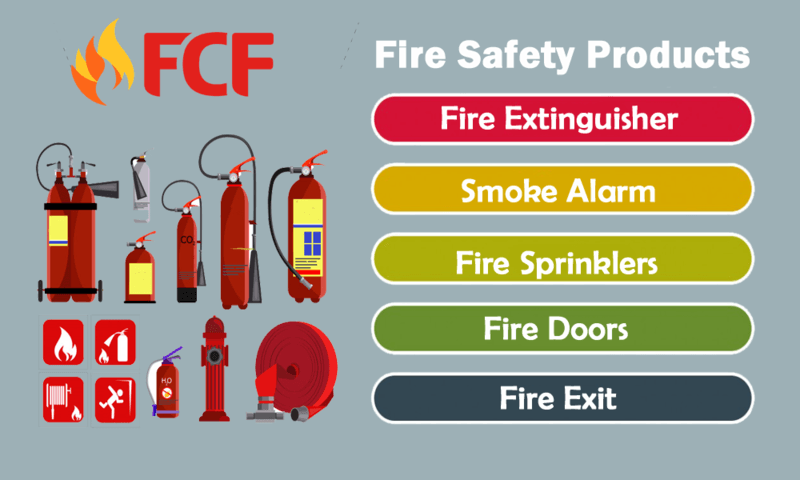)
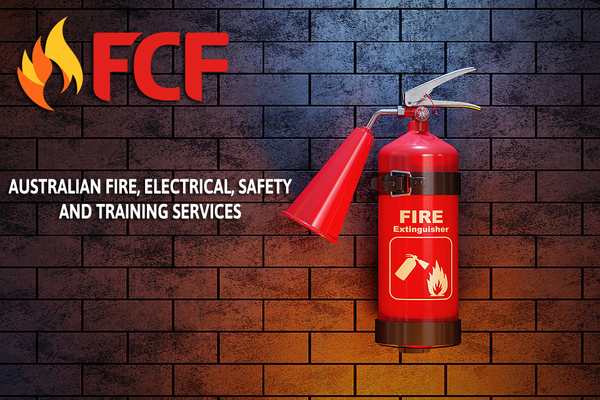
What is fire extinguisher testing?
For starters, fire extinguisher testing is part and parcel of your business obligations for Australian businesses and ought to be done every 6 months. There are professional testing services that businesses can use to get their fire extinguishers tested and ensure that they are in the condition they should be in. The process is usually an uncomplicated one and need not be expensive either.
Fire extinguishers in your place of business are tested for the following:
1. Location and accessibility
It is important that your fire extinguisher is safely kept in a specially designated part of the building. In addition to having a designated space, fire extinguishers should also be easily accessible. There should be no obstructions that keep the extinguishers either hidden or difficult to access.
2. Legible nameplate and operation instructions facing outward
How the fire extinguisher is placed in the designated location is just as important as it is placed there. The instructions accompanying the fire extinguisher are usually placed on the nameplate or label. This should be easy to read and should be facing outward.
3. Safety seals, tamper indicators, and physical damage
It is important that the safety seals and other tamper indicators should be intact on fire extinguishers for them to be deemed up to code. Seals should not be broken or missing. Other indicators of physical damage such as corrosion, leaks, or clogged nozzles are also a no-no.
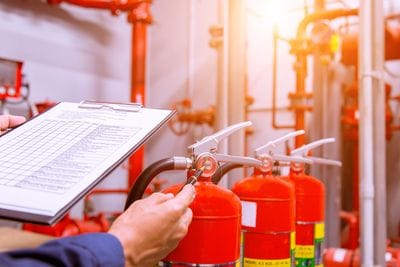
4. Fullness
For a fire extinguisher to be useful, it needs to be full or close to full. Otherwise, it simply would not be useful. An empty fire extinguisher cannot keep fires under control. Fullness is determined by weighing the extinguisher. This is also known as "hefting."
5. Condition of carriage features
The condition of the carriage features of a fire extinguisher, such as the wheels, hose, nozzle, and tires are all important to the extinguisher's effective functions. A fire extinguisher is useless unless the wheels and hose work properly so as to efficiently bring relief in the case of a fire. Also, blocked nozzles are counterproductive.
6. The position of the pressure gauge
Finally, the pressure gauge reading on the extinguisher should be within an operable range. As such, this is also checked during the fire extinguisher testing procedure.
Given that a fire can occur unexpectedly and at just about anytime, it is necessary that you keep your fire extinguisher in the best possible condition at all times. A professional fire extinguisher testing can help you do just that. For more information about fire extinguisher testing, visit FCF National today.
)
)
)
)
)
)
)
)
)
)
)
)
)
)
)
)
)
)
)
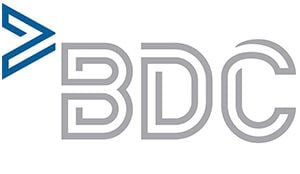)
)
)
)
)
)
)
)
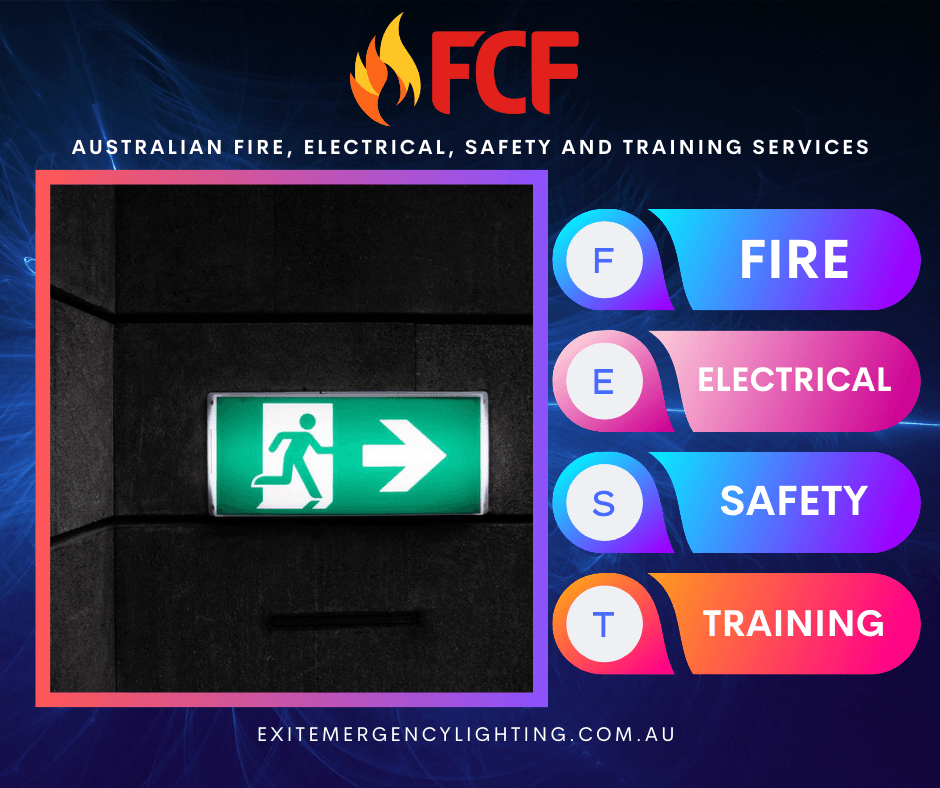)






